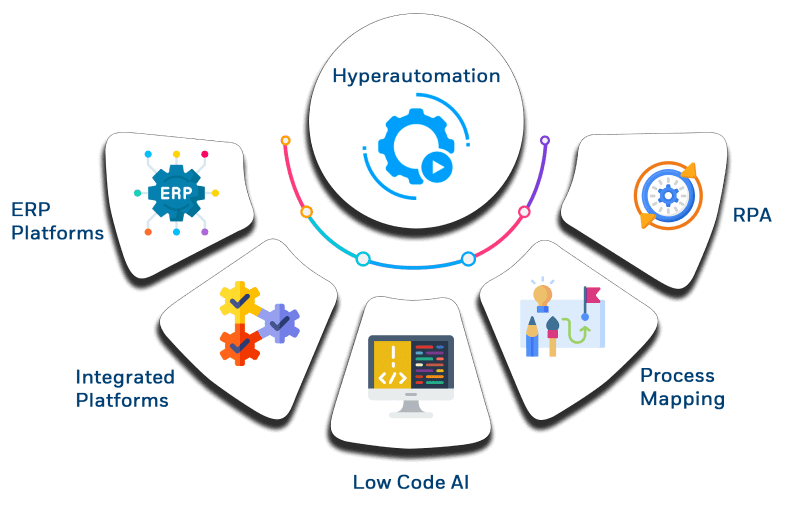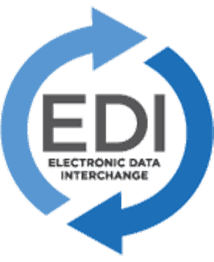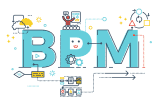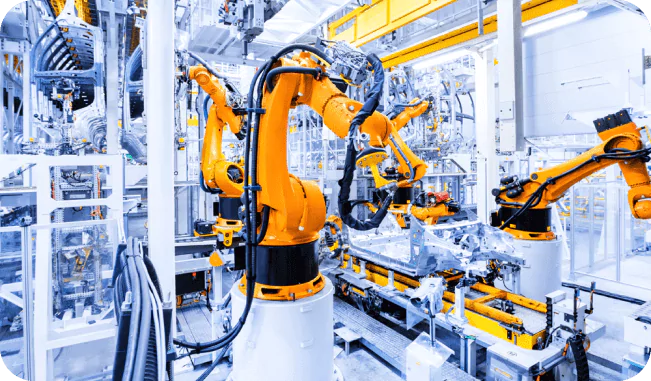Hyper-automation provides organisation with a framework for expanding on, integrating and optimising enterprise automation. Hyper-automation can get your organisation get ahead in today’s fast-paced, highly distributed, resource-starved environment. Any organisation can adopt and benefit from Hyper-automation technology, whether your processes are already automated or not, or your equipment is new or old.

ERP (Enterprise Resource Planning) is a software system that enables organizations to manage and integrate their business processes, operations, and resources across various departments and locations. It provides a centralized database that connects all the functional areas of an organization, including finance, sales, procurement, inventory, manufacturing, HR, and customer relationship management.
Odoo is a popular open-source ERP software that provides a comprehensive suite of business applications, including CRM, accounting, inventory, manufacturing, and project management. Odoo consulting services help organizations implement and customize Odoo to their specific needs, enabling them to optimize their business processes, increase efficiency, and improve their bottom line.
View Case Studieswe understand that small and mid-sized businesses need a reliable and cost-effective solution to manage their operations and streamline their business processes. That's why we offer a comprehensive suite of SAP Business One (SAP B1) solutions, an affordable, scalable, and easy-to-use enterprise resource planning (ERP) software that enables businesses to automate and integrate their key business processes.
View Case StudiesWe provide a broad range of Microsoft Dynamics solutions that help companies achieve a competitive edge by streamlining their operations. Microsoft Dynamics is a collection of customer relationship management (CRM) and enterprise resource planning (ERP) software that helps companies to automate and connect their core business activities.
View Case StudiesERP (Enterprise Resource Planning) is a software system that enables organizations to manage and integrate their business processes, operations, and resources across various departments and locations. It provides a centralized database that connects all the functional areas of an organization, including finance, sales, procurement, inventory, manufacturing, HR, and customer relationship management.

EDI stands for Electronic Data Interchange, which is a method for exchanging business documents electronically between two or more organizations in a standard format. EDI allows businesses to exchange documents such as purchase orders, invoices, shipping notices, and other important documents electronically, without the need for paper-based processes.
View Case StudiesAI stands for Artificial Intelligence, which refers to the development of computer systems that can perform tasks that typically require human intelligence, such as visual perception, speech recognition, decision-making, and language translation. AI systems are designed to learn from data and improve their performance over time, without being explicitly programmed for each task.

Process mapping, also known as process flowcharting or process diagramming, is a technique used to visualize and analyze business processes. It involves creating a visual representation of a process, which helps to identify inefficiencies, bottlenecks, and opportunities for improvement.

BPM stands for Business Process Management, which is a discipline that focuses on improving business processes to optimize efficiency, effectiveness, and agility. BPM involves a systematic approach to managing, designing, executing, monitoring, and optimizing business processes to achieve desired outcomes.
View Case StudiesRPA stands for Robotic Process Automation, which is a technology that uses software robots or bots to automate repetitive and rule-based business processes. RPA bots can perform tasks such as data entry, data extraction, and data manipulation, and can interact with multiple systems and applications just like humans.
